Mind the generation gap – the extended family is welcome to stay
Meet the new family – a multi-generational household which nurtures social, emotional and financial growth for one and all.
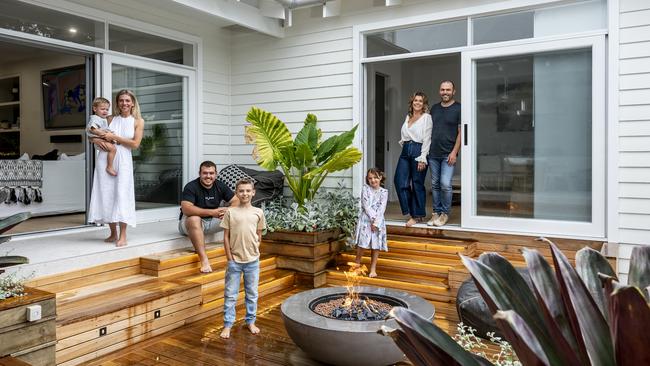
Home
Don't miss out on the headlines from Home. Followed categories will be added to My News.
The days of the quarter-acre block and three-bedroom family home are long gone –and today’s family makeup has changed also. In Part 2 of our series, At Home in 2022, we’re looking at The New Family.
Cost of living pressure on Australian families, further compounded by Covid-19 has seen more adult children remaining or returning home, often with their children too. And the way we are building homes is starting to reflect that. Granny flats for grandparents or adult offspring are becoming more popular as are attic conversions, which create extra bedrooms, study areas or additional living spaces so there’s room for all.
A national survey commissioned for At Home reveals that 40 per cent of adults with elderly parents and 20 per cent of families with young children are now open to the idea of multi-generational living.
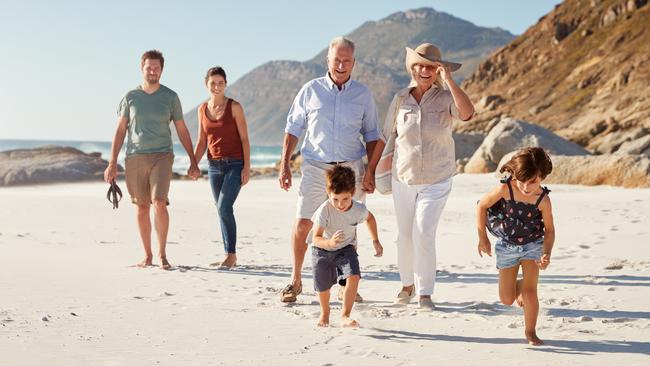
The Evolution of the Home report cites both practical and emotional reasons:
Easing financial costs and helping family members with savings;
Help with caring for babies and children as well as the benefits of younger generations connecting with grandparents;
Having loved ones nearby to avoid the loneliness of isolation in the event of a lockdown;
And finally, to care and be cared for, which also reflects shifting attitudes to aged care.
“Occupancy rates in traditional aged care facilities are at their lowest level in 10 years,” the researchers noted, reporting also that people seeking in-home care services has increased
38 per cent in the past year.
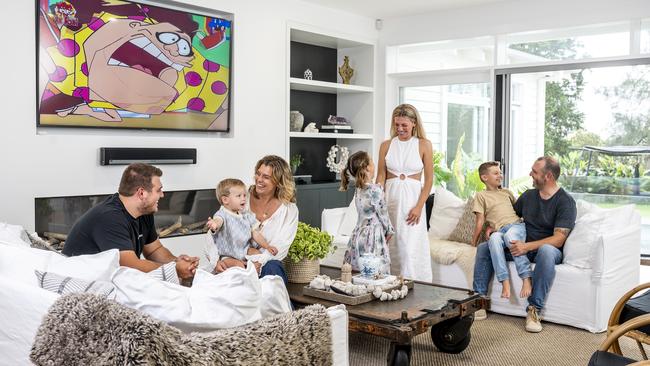
BANK OF MUM AND DAD
“The family dynamic is changing,” says social demographer Mark McCrindle.
“Multi-gen households, with multi-gen earnings and wealth, are often required to purchase a home,” he says. “You hear a lot about the bank of mum and dad, but it comes with a return. The house is often in the parents’ name and they live there with adult children or the grandparents chip in and have a granny flat and part ownership.”
Mark also points to the trend of adult children living in the parental home for longer than they did in previous eras, or leaving but then boomeranging back, often due to financial pressures.
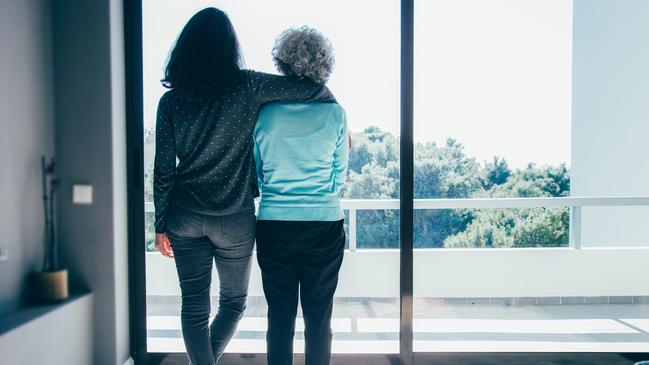
HEAD START IN LIFE
For Adam Micallef, 46, the managing director of Nu Space, building a home big enough for his five children, their partners and his grandchildren was important.
“Multi-generational living is a common theme because of real estate prices,” he says.
“When I talk among friends, they’re concerned about how they’re going to help their kids. They see it’s possible and people want to do that to give their kids a head start in life.
“We are blessed to have the space for all of us to live here and also have privacy. I really enjoy it and it’s a privilege to be able to spend time with my grandson.”
As well as combining resources to afford a home, the enlarging of households also has strong social benefits. “Grandparents are closer to their grandkids and it allows parents to work, because two incomes are often required these days,” says Mark. “But it also means they foster strong relationships and connections.”
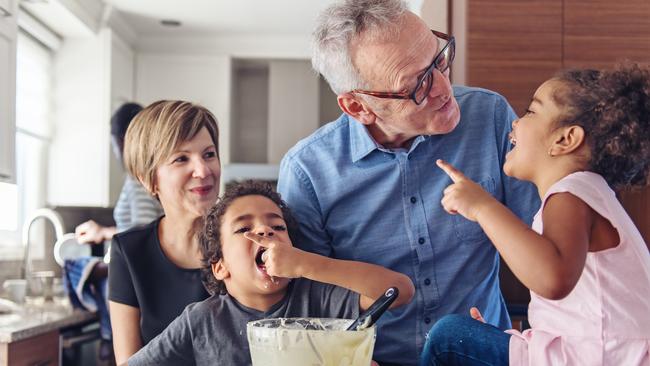
He believes that Covid has played a big part in how we view our homes and what we expect from them too.
“We’re getting a lot more use out of our homes,” says Mark.
“They’re not just dormitories. They’re also working-from-home spaces and studying spaces. Not only do we have more people in a household, but they’re there for more hours in a day and that has challenges so there’s a design impetus.”
Mark is fascinated by the way homes are evolving, especially post Covid. In the early 2000s the trend was a media room as a status symbol, that’s been scrapped because we consume media on our phones now. The real status today is in open spaces and a fresh backdrop for those Zoom calls.
“What we need from our homes is changing and it’s driving people to make full use of every metre and those extra rooms, such as garages,” says Mark, adding that he certainly believes this is a trend that is here to stay.
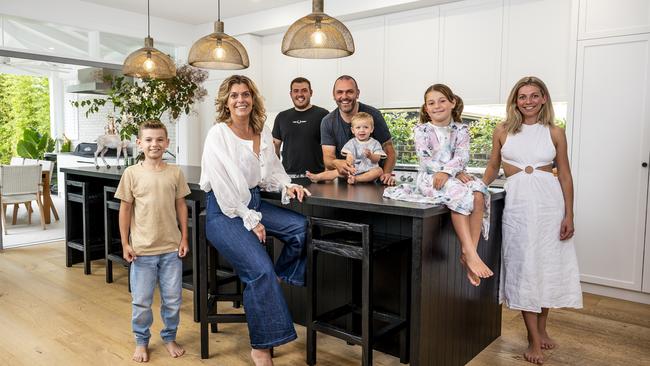
PUTTING IT INTO PRACTICE
There’s no two ways about it – the Micallef family household is jam packed. There’s mum and dad, five children spanning from six to 24 years of age, a soon-to-be son-in-law and a grandson, who is just two. While the adult children have moved in and out, the eldest recently returned home with her partner and son so they could save for a house deposit.
When Adam and Bec were building their home in Avalon, on Sydney’s northern beaches, they took their large brood into consideration. There’s a separate, self-contained wing for the eldest and her young family and the two older kids have their own bedrooms and ensuites. It helps that Adam is a builder and they knew what they needed.
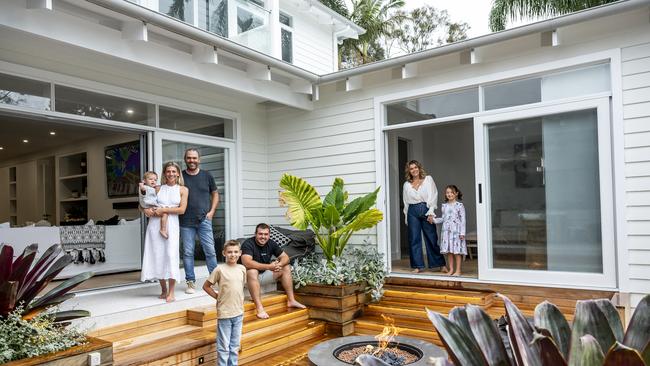
“Having a full house is easier because of the way we’ve designed it,” says Bec, 46, who is both mum and grandma. “We’re pretty family-oriented so it’s nice to be close to our grandson. I know we won’t always have the convenience of having him next door and being able to see him daily. It’s a real privilege.” Of course, multi-gen living is not without its downsides. Boundaries do need to be set. And strong ones at that. “Challenges happen when there’s a lack of communication,” says Bec. “If you know your role and what’s expected then there are no issues,” she says. Bec recommends that all family members get out of the house and often. “Being outside of the home also helps with the harmony,” she laughs.
Originally published as Mind the generation gap – the extended family is welcome to stay


